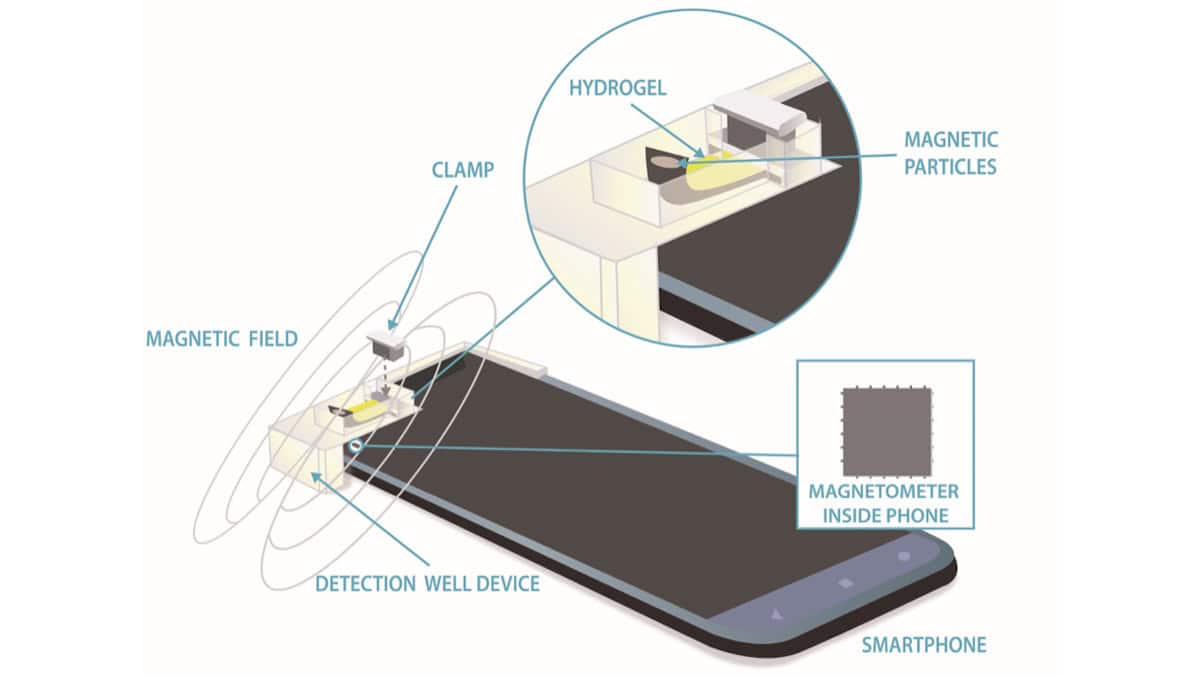NIST researchers have successfully developed a magnetics-based analyte sensor that has shown promising results in detecting substances with high accuracy. This sensor, which is based on the principles of magnetism, can identify different analytes in various samples.
The sensor works by utilizing magnetic properties to detect changes in the sample caused by the presence of different analytes. By measuring these changes, researchers can accurately identify the specific substances present in the sample with high accuracy. This technology offers a non-invasive and sensitive way to analyze substances, making it a valuable tool for a wide range of applications.
Researchers at NIST have demonstrated the potential of this magnetics-based analyte sensor in various fields such as medicine, environmental monitoring, and food safety. Its ability to accurately detect and analyze substances in different samples makes it a valuable tool for researchers and professionals in these industries.
Overall, the development of this sensor represents a significant advancement in the field of analyte detection. Its innovative use of magnetism as a detection mechanism has the potential to revolutionize how substances are analyzed and identified, leading to new opportunities for research and discovery in the future.
